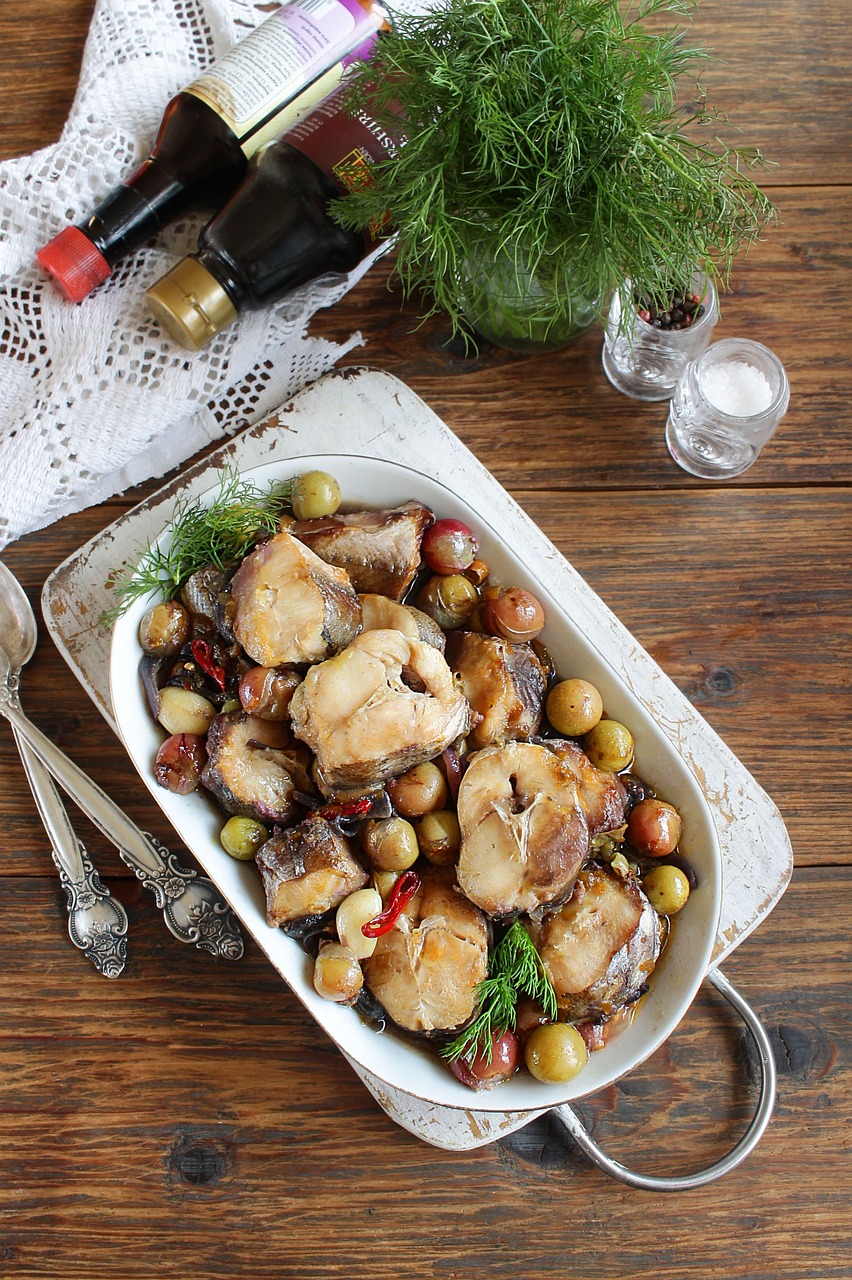Bordeaux has bequeathed wine lovers many liquid treasures over the past two millennium. Some continue to please our palates while others have been transplanted to distant countries and found happy new homes. One such story involves the Carmenere grape. Until the mid to late 19th century Carmenere was one of the six noble red wine grapes of Bordeaux blended with the other five grapes to create some of the finest wines ever made. There are also theories that suggest this grape may be the direct ancestor of the legendary Biturica, a variety highly-prized in ancient Rome over 2,000 years ago. The downfall of this variety started with the devastating Phylloxera plague in 1867 that destroyed most of the vines in France and elsewhere in Europe. Grafting with American rootstock that was resistant to the disease helped bring back the other five noble red wine grapes but not the Carmenere. This may also partially have been caused by a reluctance by wine makers to restore this variety as it was the latest ripening and most finicky of the Bordeaux grapes. Some wine makers may have been happy to see this problem-child disappear. Fast forward to 1994 when a French acquaintance of mine, Jean-Michel Boursiquot of Montpellier’s school of Oenology was visiting vineyards in Chile. Jean is an ampelographer, a fancy word that means he’s an expert in identifying and distinguishing vines and grapes. Seventeen years ago he scientifically established that approximately 50 percent of the Chilean wines being made under the Merlot namewere actually Carmenere. Suddenly this variety we believed to be practically extinct was back to life with a vengeance. The problem with Camenere all along was its late ripening qualities that meant it had to be harvested days or even weeks after Merlot grapes making it a risky grape for regions with cold autumn weather like Bordeaux. It’s also a relatively low-yield grape with a predilection to catching coulure disease, which causes the grapes to fall off the vine prematurely. However, the unique climate of Chilean wine regions — the towering Andes mountains create hot, dry and sunny days and cool evenings — proved to be ideal for Carmenere. If this heartwarming tale of rediscovered biodiversity in the wine world hasn’t stimulated your thirst, let’s take a look at the characteristics of this grape and why readers should give it a try. The name Carmenere comes from the French word for the color crimson and indeed most wines made from this variety have a beautiful deep crimson red color often with purple and black tones. The flavors and aromas commonly in a well-made Carmenere are ripe red and black fruits along with dark chocolate, tobacco and leather. I also often find pleasurable spicy and smoky sensations. Like Merlot, the tannins are quite round, subtle and often silky in contrast to the more astringent tannins in Cabernet Sauvignon wines. However, this grape also has a darker side. If wine makers are not patient and don’t allow the extra time needed for the grape to fully ripen the resulting wines will be quite narrow, not at all lush, and have an unpleasant vegetal character with green pepper flavors. Fully 50 percent of the Carmenere wines I taste in Shanghai have these undesirable qualities so be especially careful in picking a producer. The best Chilean wine makers are well aware that patience is rewarded. Recommended producers of Carmenere with wines available in Shanghai are Santa Rita, Calina, Casa La Joya, Chocalon, and Baron Phillipe de Rothschild. Additional factors make me believe that Carmenere wines will have a growing community of drinkers in China. Carmenere wines have one of the better price/quality ratios in China. Most are easy-going, fruity with soft tannins and are ready to drink upon purchase. They are also remarkably food-friendly, pairing nicely with a wide variety of meat dishes as well as pastas and pizzas. The zesty almost spicy fruit in many Carmenere wines make them natural partners to popular Asian barbecue meat dishes including Korean Grilled Pork Belly and Xinjiang Mutton Shahik. The ripe fruit of the wines blends beautifully in the palate with the smoky, sometimes spicy flavors of the barbecue meats while the tannins offset the greasiness and cleanse the palate. This grape has long been misunderstood and underestimated. With an increasing number of Chilean producers now championing it as their national grape, a new and promising day has come for Carmenere.

—————————————————–
Wine Notes:
Vina Chocalan Carmenere Reserva, 2008
“thicker, richer and more complex than the entry-level wine, this wine features a deep ruby red color with blackish tones, rich aromas and flavors of black berries, cherries and cloves with good weight in the mouth and a long smooth finish”
Santa Rita Reserva Carmenere,2008
“important Chilean producer that’s dedicated to building a reputation for quality Carmenere wines; this wine has a dark-red color, lively black fruit aromas and flavors with lovely chocolate notes and a silky tannin finish”
Casa La Joya Camenere Gran
Reserva Cuvee Premium, 2007
“fine Colchagua Valley producer with French lineage, this top Carmenere has brooding redblack color, spicy fruit nose and beautifully-balanced ripe fruit and lush palate coating tannins in a long finish”





